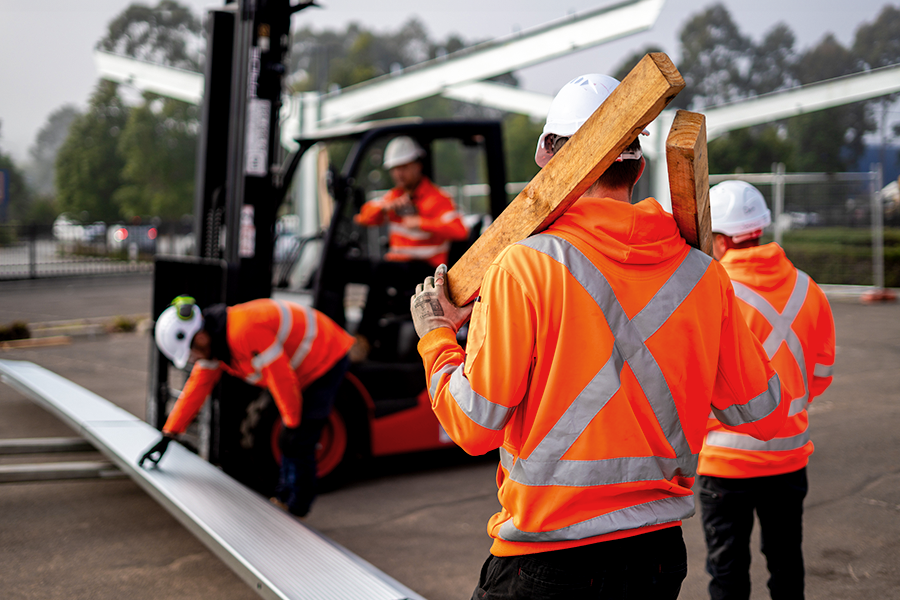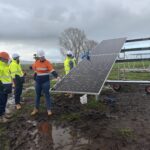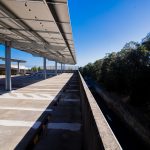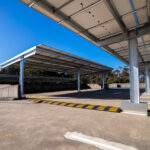
By now, the industry accepts that solar is part of the solution to climate change. What’s less often acknowledged is how vulnerable solar infrastructure is to the very climate it aims to help stabilise.
Weather has always been a design consideration. But the weather we’re facing now isn’t the same.
When “extreme” becomes the new norm
Design codes are based on historical data. But history is no longer a reliable guide. We’re seeing rainfall records broken not once a decade, but several times a year. Heatwaves that were once anomalies are now seasons. Wind speeds once considered rare events are happening regularly in parts of Australia and New Zealand.
What was once “acceptable risk” is now baseline reality. And the gap between code compliance and real-world performance is widening.
Infrastructure built to past standards may not survive future conditions
Solar farms are expected to perform for 25 to 30 years. That’s a long time in a fast-changing climate.
What happens when mounting structures designed for a category B wind zone face sustained gusts closer to category C or D? What happens when rainfall increases in frequency and volume, and foundations face prolonged saturation and erosion?
If we don’t design for more than the minimum, the result will be systems that underperform, deteriorate prematurely, or fail altogether.
The hidden costs of weather failure
The physical damage from a structural failure is only the beginning. A cracked footing, a shifted pile, or a degraded connection point can cascade into:
- Long-term output loss
- Panel damage or misalignment
- Electrical risks and water ingress
- Increased O&M costs
- Insurance complications
- Legal liability if public infrastructure or property is affected
And because many of these effects show up slowly — not immediately after the event — they’re often underestimated during the design and procurement phase.
One-size-fits-all doesn’t fit anymore
Standardised racking systems help reduce costs and simplify procurement. But climate exposure is anything but standard.
A site in regional Victoria doesn’t face the same risks as one in the Pilbara, or coastal Otago. Soil type, salinity, corrosion zones, wind terrain categories — these are not optional inputs. They’re core to the structural story.
Yet across the industry, there’s still pressure to use off-the-shelf systems with minimal adaptation. Often because they worked last time. Or the quote was sharp. Or the timelines are tight.
It’s understandable. But in a world of worsening climate variability, it’s also short-sighted.
Weather resilience is not a niche concern
This is not just an engineering issue. It’s a long-term viability issue for the entire solar sector.
As systems become larger and more visible, the cost of public failures rises — not just in dollars, but in confidence. And if solar is to remain a credible, trusted part of national infrastructure, its weakest links can’t be ignored.
Racking systems don’t attract much attention when they work. But they tend to make headlines when they don’t.
Conclusion: Not about panic — about planning
This is not a call to over-engineer every array. It’s a call to rethink what we’re designing for.
If the future is more extreme — and every forecast says it will be — then infrastructure has to adapt in advance, not in hindsight. Designing for weather is no longer about rare events. It’s about building systems that can survive the new normal.





